The infrastructure is not yet compatible.
Self-driving cars will rely on sensors and radar to detect obstacles ahead. In addition, road markings will help self-driving cars recognize lanes so they can stay in the correct lane.
Ensuring compatibility of road infrastructure is crucial for the adoption of autonomous vehicles.
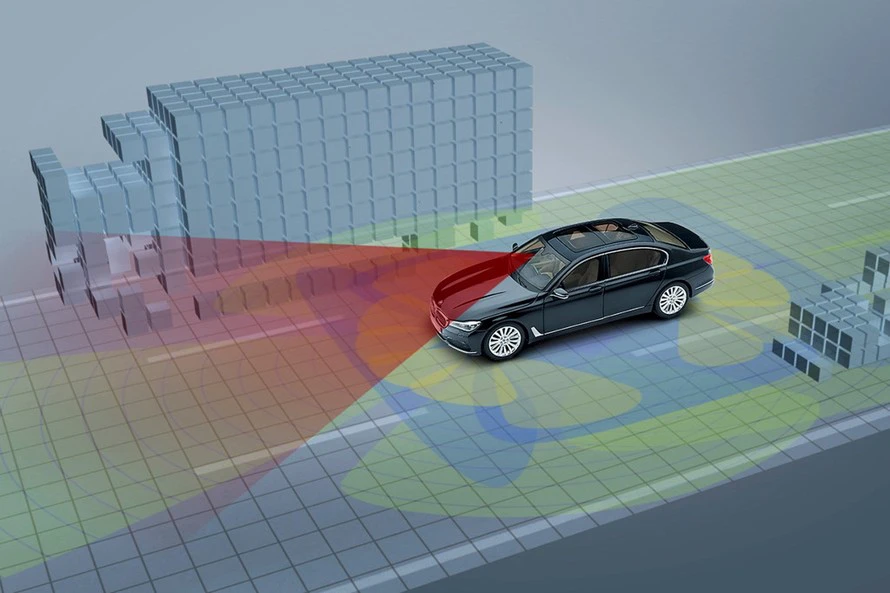
Many countries do not yet have the infrastructure conditions for self-driving cars to operate.
Communication devices installed on transport infrastructure, or GPS virtual maps, allow autonomous vehicles to share information about railway crossings, train schedules, traffic lights, and barriers. However, this is not yet widespread in road infrastructure systems in many countries.
Additionally, worn road markings can cause radar to miss or receive incorrect signals, making autonomous vehicles unusable in many countries due to the lack of adequate road infrastructure.
The issue of responsibility
In most countries, when an accident occurs, the responsibility falls on the person in the car, specifically the driver. In some cases where a fine is imposed, the owner of the car will be responsible for paying the fine.
However, in the case of self-driving cars, it is unclear who will be responsible for causing the accident and liable for damages.
Most vehicles now offer a semi-autonomous driving mode. This means that the owner remains responsible for the vehicle's operations while this mode is in use.
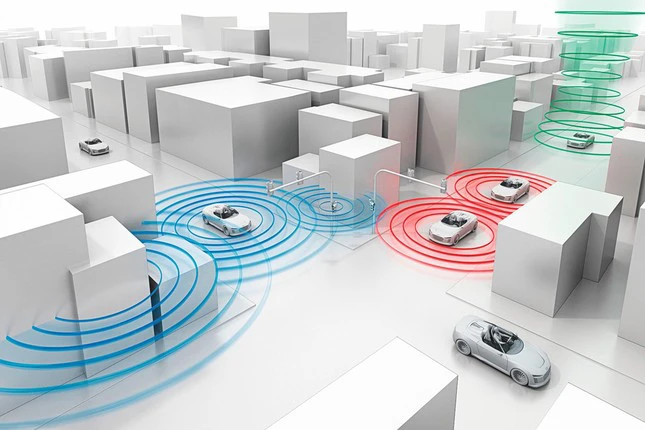
Liability in the event of a self-driving car accident remains a controversial issue.
In fact, many argue that it is unreasonable to expect humans to constantly monitor a vehicle they do not drive, so it is important to develop clear regulations to effectively manage liability for autonomous vehicles.
Judgment in unusual situations
One of the biggest debates surrounding the deployment of autonomous vehicles is their ability to make decisions in unusual situations.
In a hypothetical situation, when a traffic light shows a stop signal but the traffic controller signals for the car to go, it will be difficult for the self-driving car to decide whether to continue or stop.
In this case, if the driver is human, the decision will be made quickly, without affecting traffic conditions.
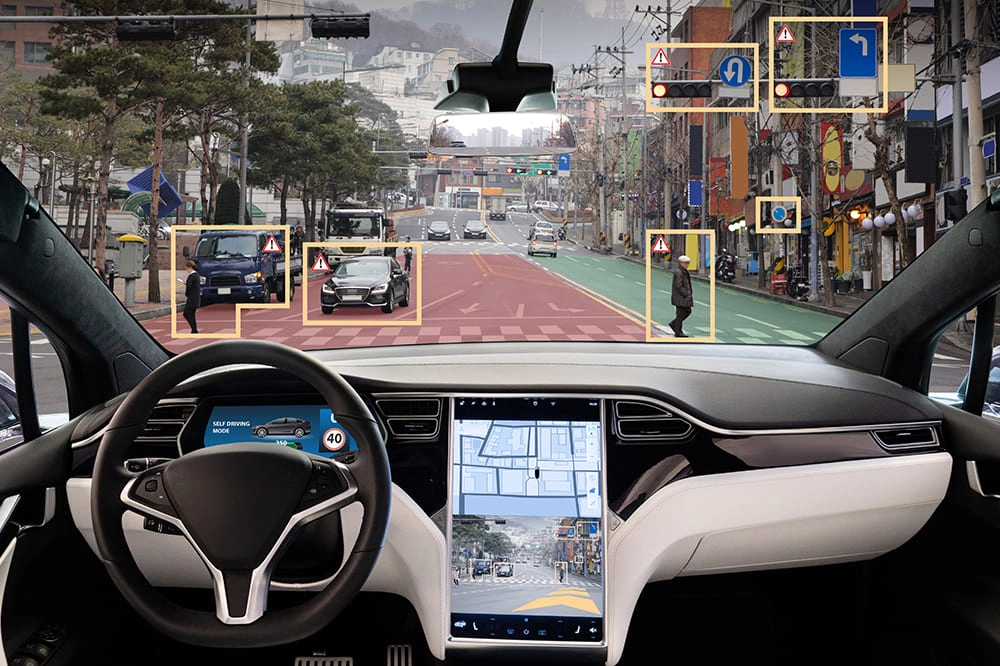
Driver intuition is something autonomous vehicles are not yet able to replicate.
AI tools in self-driving cars rely on overlapping sensors that can perceive objects further away than the human eye, while also focusing on and recognizing correlations.
But sensors generally do not recognize causal relationships between different variables and cannot use reason or reasoning to solve problems.
Source: https://xe.baogiaothong.vn/nhung-rao-can-khien-xe-tu-lai-chua-pho-bien-192240318121016605.htm








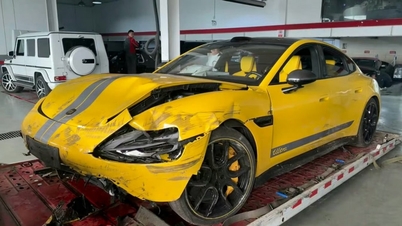

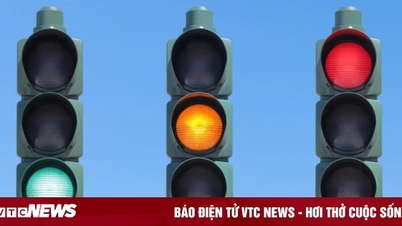






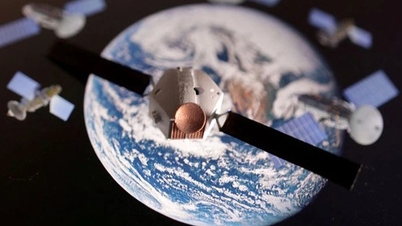

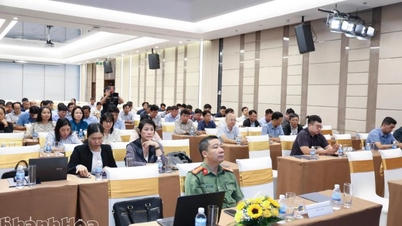

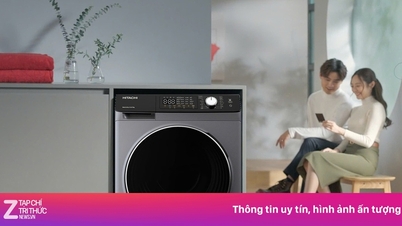




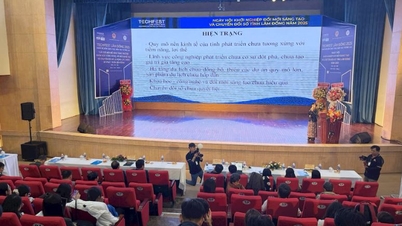




















![[Video] The craft of making Dong Ho folk paintings has been inscribed by UNESCO on the List of Crafts in Need of Urgent Safeguarding.](https://vphoto.vietnam.vn/thumb/402x226/vietnam/resource/IMAGE/2025/12/10/1765350246533_tranh-dong-ho-734-jpg.webp)


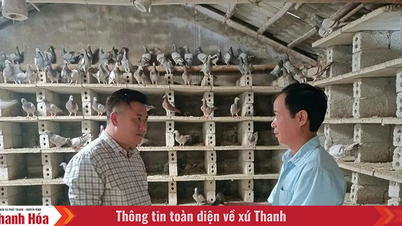





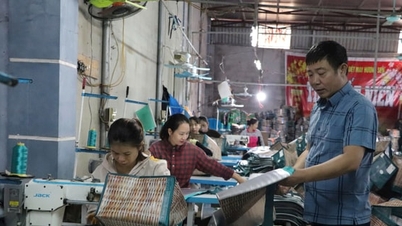





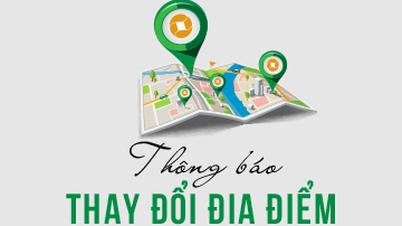
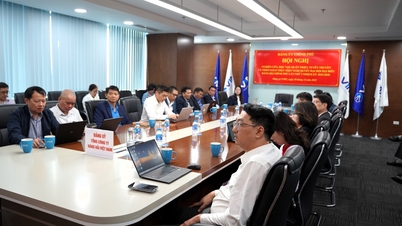






















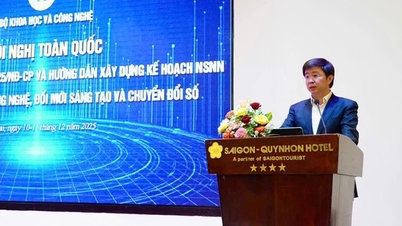

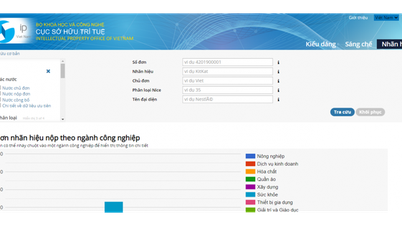






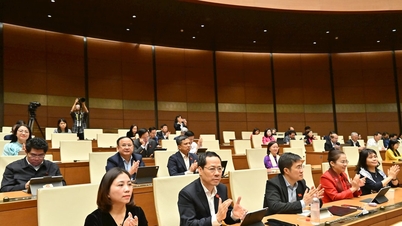










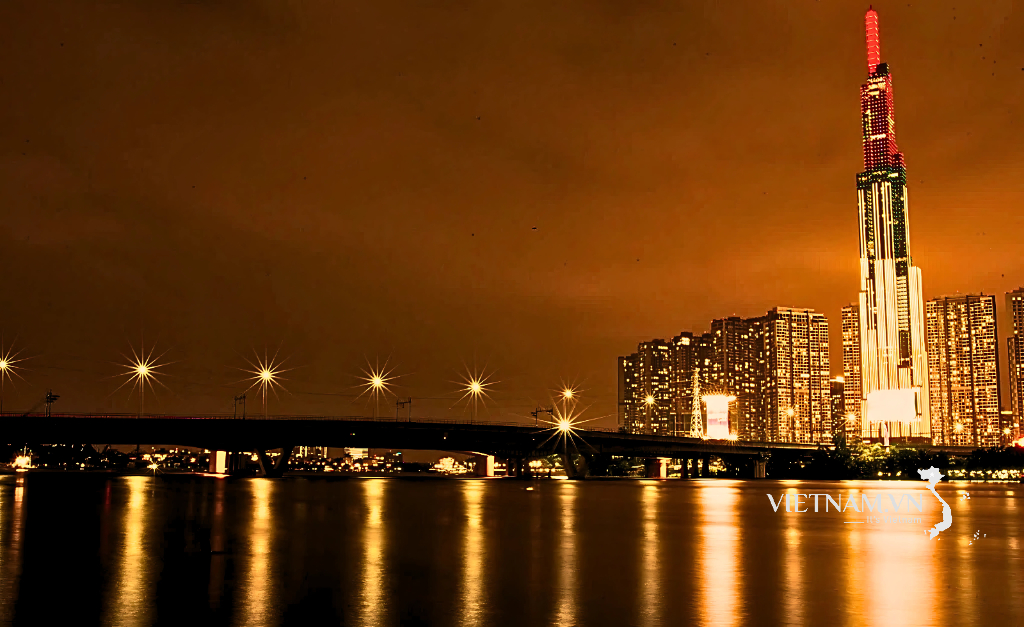


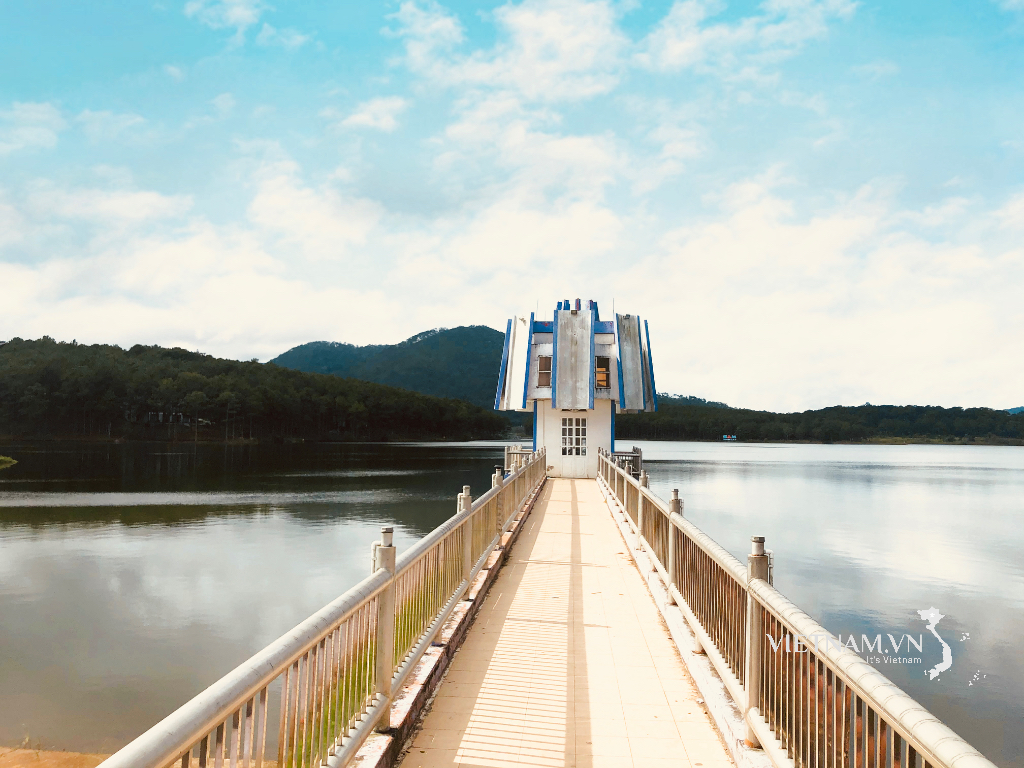




Comment (0)